The 8 Best Color Correctors, According to Experts and Editors
Cover dark circles, acne marks, and hyperpigmentation in a swipe.


Treat your face like paint by numbers. I know, it’s weird advice. But hear me out: The second I started covering blue spots (read: my under eyes) with red color correctors and red tones (read: pimples and rosacea) with green color correctors, my makeup looked more even than ever before. “Color correctors are really used if there’s any discoloration on someone’s face—whether it’s under eye bags, discoloration, rosacea, or if they have any acne scars,” explains celebrity makeup artist Dani Parkes. You just apply a thin layer before your regular concealer and foundation. So sure: You may look like an art project at the get-go. But the even-toned payoff is well worth it.
The key to a seamless finish that doesn’t peek through foundation boils down to the product you're using. You’ll likely need a green, a red, and a peach to complete your kit, but the rest of the process is pretty foolproof. Just use a small amount of product on the area that needs to be camouflaged, let the product dry down (this is important, people!!), and then proceed as normal with your concealer.
To help you get started disguising your dark marks, spots, and under eyes, I’ve tried dozens of different color correctors—and tapped the pros for their favorites—to determine the eight best color correctors in existence.
What to Look For in a Color Corrector
- Color
The shade of color corrector you choose means everything. Different colors cancel out different hues in different skin tones,” explains Parkes. “For example, green will cancel out redness, but red will cancel out purple, which is very common under the eyes.” You’ll also want a peachy tone on hand if you’re trying to cancel out any blemishes or acne scars. Yellow is a good go-do if dullness is your concern, too.
- Texture
The key to a good color corrector is finding one that feels lightweight. The last thing you want is to feel like you’re adding an extra layer to your makeup routine. “You put color correctors directly on your face. Then, I’ll apply concealer over top and foundation on top of that,” says Parkes. Find a texture that feels weightless and doesn’t leave a cakey residue behind.
The Best Color Correctors
- The Best Color Corrector Overall: Tarte Shape Tape Corrector
- The Best Color Corrector for Dark Spots: Live Tinted HueStick Creamy Color Corrector
- The Best Color Corrector for Dark Circles: NARS Radiant Creamy Color Corrector
- The Best Color Corrector for Redness: Dr. Jart Cicapair Tiger Grass Color Correcting Treatment
- The Best Color Corrector for Dullness: Makeup Forever Color Correcting Primers
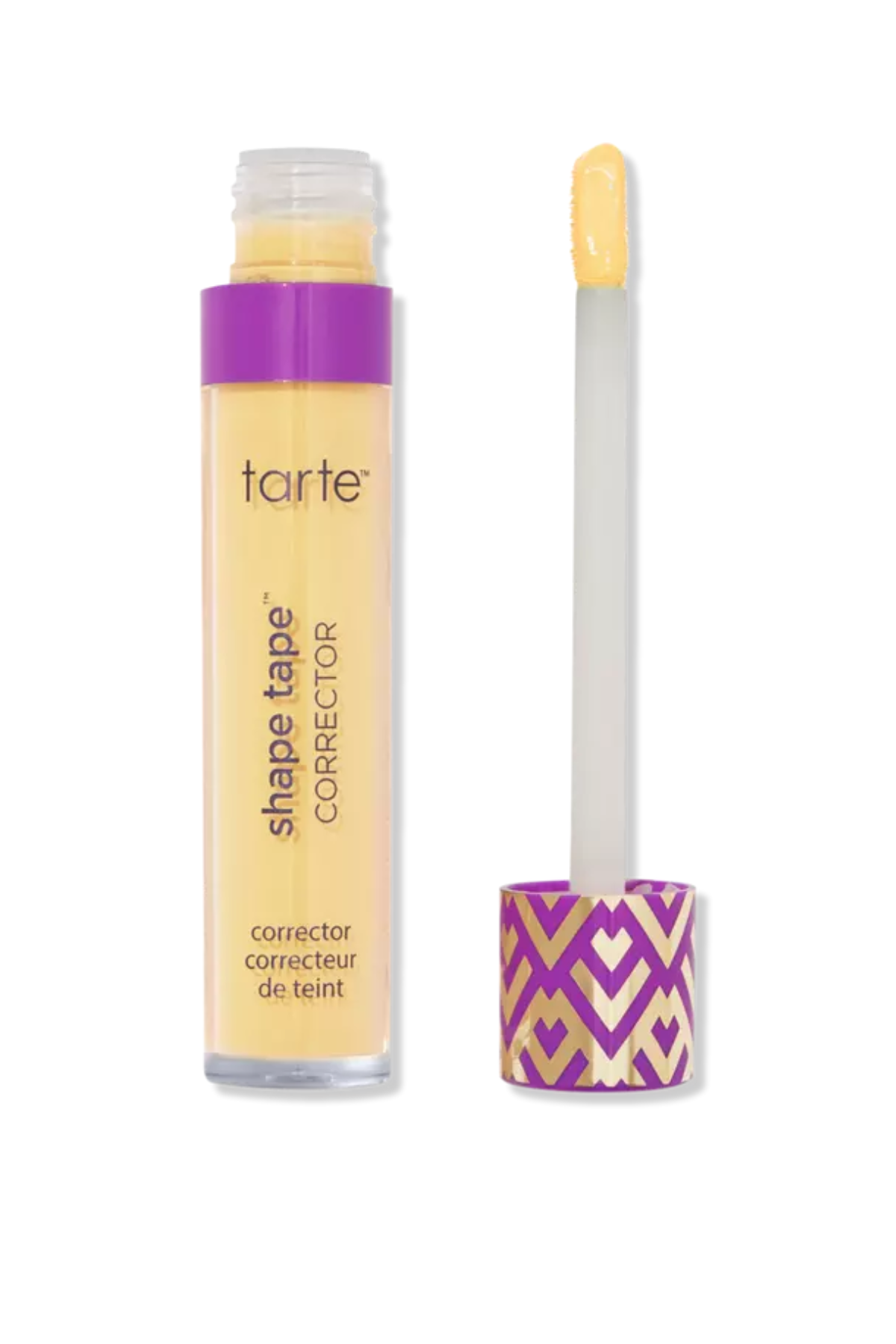
“I’ve been loving the Tarte color corrector. I’ve been using it on my clients and I think it’s such a great product,” says Parkes. “It’s so lightweight and you don’t feel like you're adding another layer onto your makeup.” The best part about it though has to be the options. It’s available in nine different shades, so you can truly find the perfect color for every skin tone and concern. In addition to three different peachy-red intensities for under-eye circles, you can scoop up a blue to counteract yellow tones, a yellow to balance dullness, a black hue to create intensity, and even a stark white for brightness.
Pros: Makeup artist-approved; Plenty of color options
Cons: A little heavy if you use too much product

“This one is to die for. It is amazing,” says Parkes. “You just need a little bit and it goes a long way. It helps far beyond most other color correctors. It doesn’t feel like I’m adding a whole other layer of something to my skin.” Instead, it feels weightless, looks airbrushed, and doesn’t peak through foundation no matter how long you have it on your skin. And, (this is my favorite part), the formula also contains a special ingredient called flavonoids to actually reduce puffiness.
Pros: Multiple tones; Multi-benefit; Makeup-artist approved
Cons: Can be a bit drying if used without eye cream
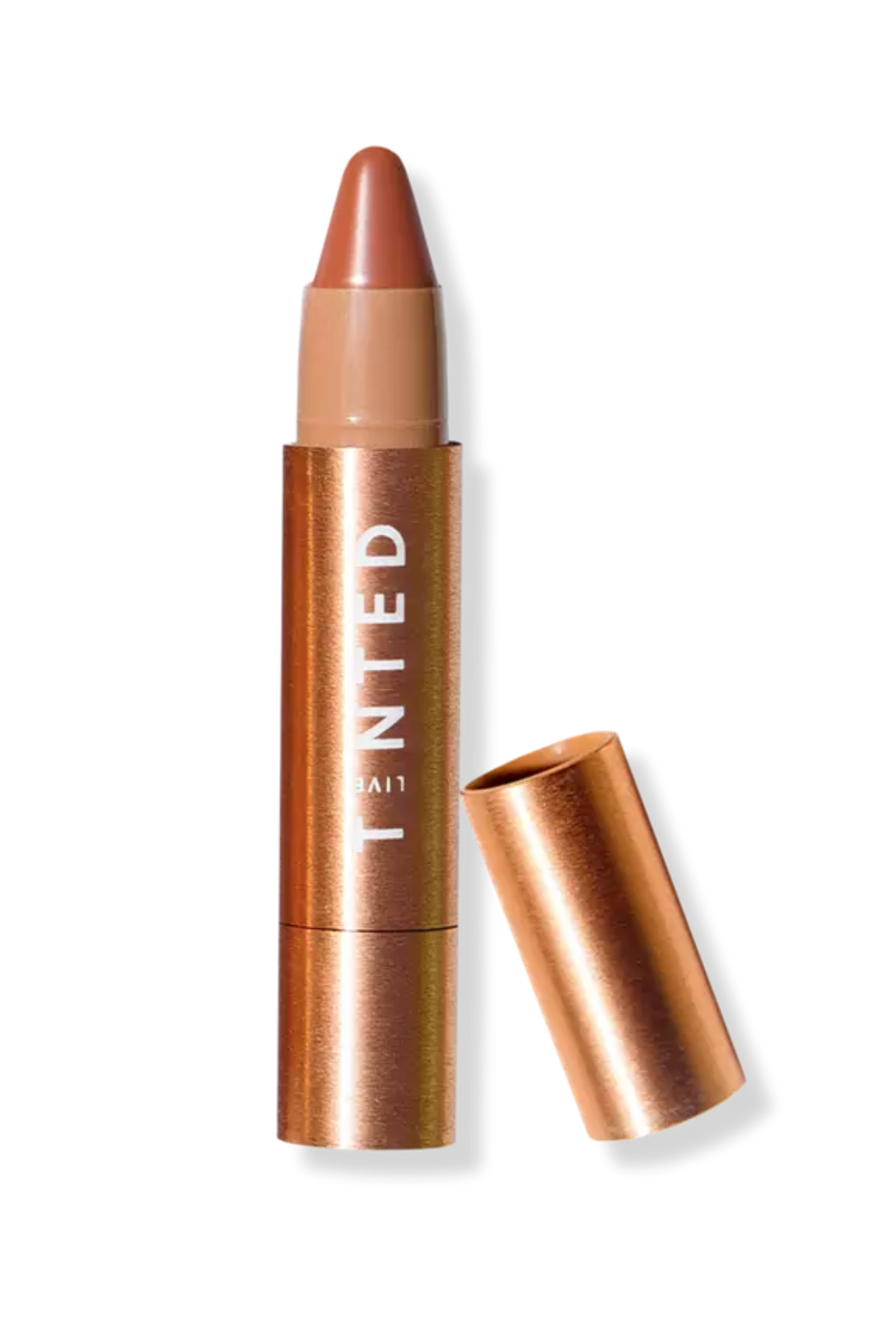
It doesn’t get more beginner friendly than this Live Tinted crayon. There’s no need for a brush or a blender, all you have to do is draw directly onto your skin and diffuse the pigment with your fingers. Plus: It’s twistable—no sharpener needed. As for efficacy? You can expect it to not only provide full coverage on any problem areas, but also improve your skin over time. Thanks to ingredients like hyaluronic acid, vitamin C, and squalane, dark spots will start to fade—it’s a win-win.
Pros: Contains skincare ingredients; Easy to use
Cons: A bit too dark for fair skin
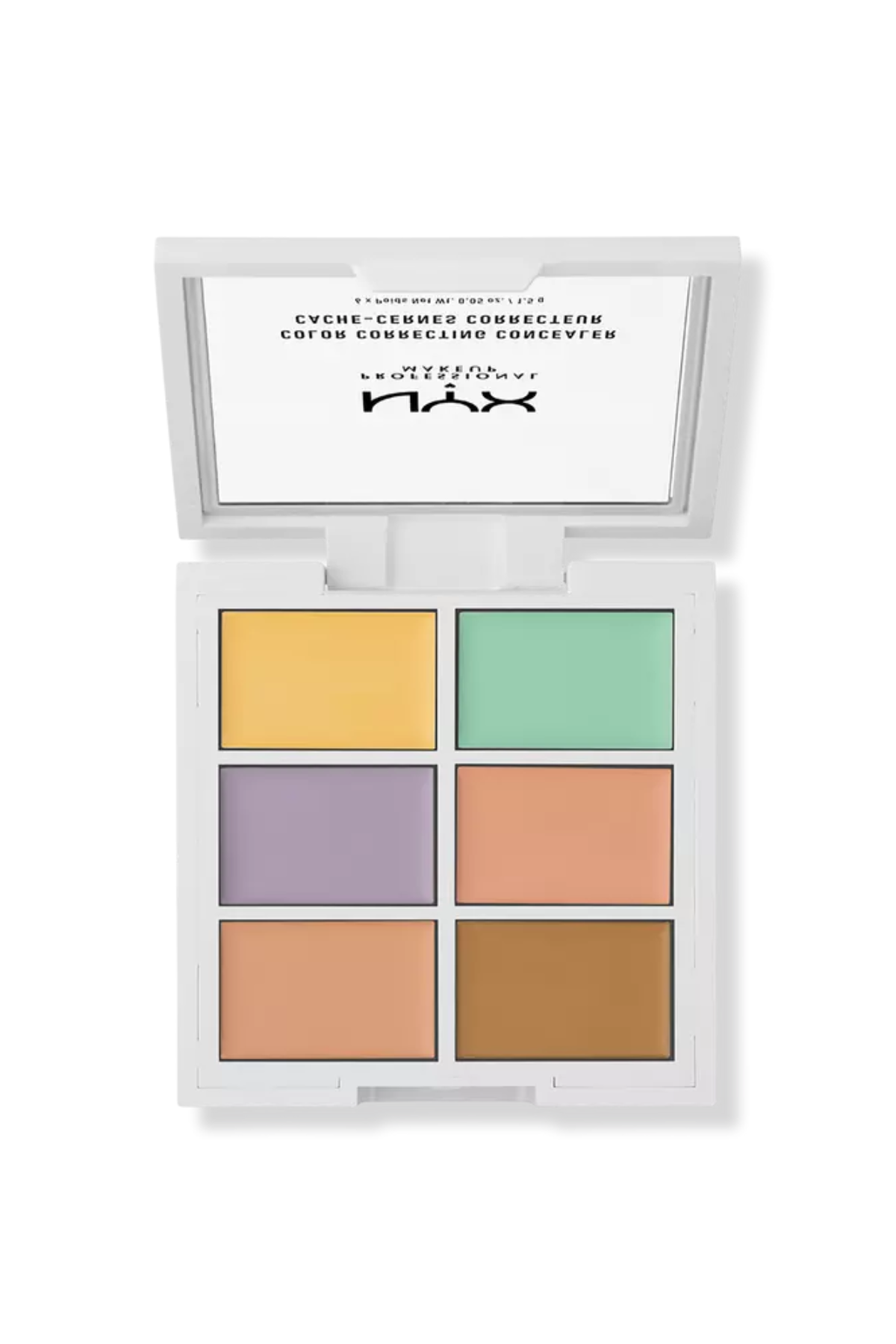
A true classic, you can’t go wrong with this NYX palette if you’re looking to test the color correcting waters. It’s one of the most affordable options on the market and it comes with a whole range of pigmentation-canceling shades. You can cocktail your perfect color corrector using the assortment of hues. If *really* dark circles are your concern, reach for a combo of both peaches. Acne scars? Try the yellow—and the purple. It might be a little bit of an experiment at first go, but rest assured this little guy will see you through to more even-toned skin.
Pros: Affordable; Assortment of shades
Cons: Not as full coverage as others

NARS Radiant Creamy Concealer is my number one, holy grail, cannot live without an under-eye product. I genuinely didn’t think I could love the under-eye concealer any more—until I paired it with this life-changing color corrector. Just a little bit (seriously, I just two teeny-tiny dots of product) instantly gets rid of my perpetually purple under-eye shadow and fills in those little fine lines that get caked with product. It’s a miracle product if I ever tried one.
Pros: Fills in fine lines; Great for purple undertones
Cons: Might oxidize a bit during all day wear

As something with a pink undertone and rosacea, I’m well-versed in the world of redness. Unequivocally, this is *the* singular best product out there to bring your complexion back to baseline. I’m sure you’ve seen the viral videos that prove it’s voodoo magic powers. If not, just know that your jaw will drop the second you rub this cream into your face. It quite literally removes every hint of redness within seconds. There’s no need to put concealer or foundation on afterward—this is a go-to for no-makeup days.
Pros: Replaces foundation; Amazing for redness; Contains SPF
Cons: Can feel a bit thick
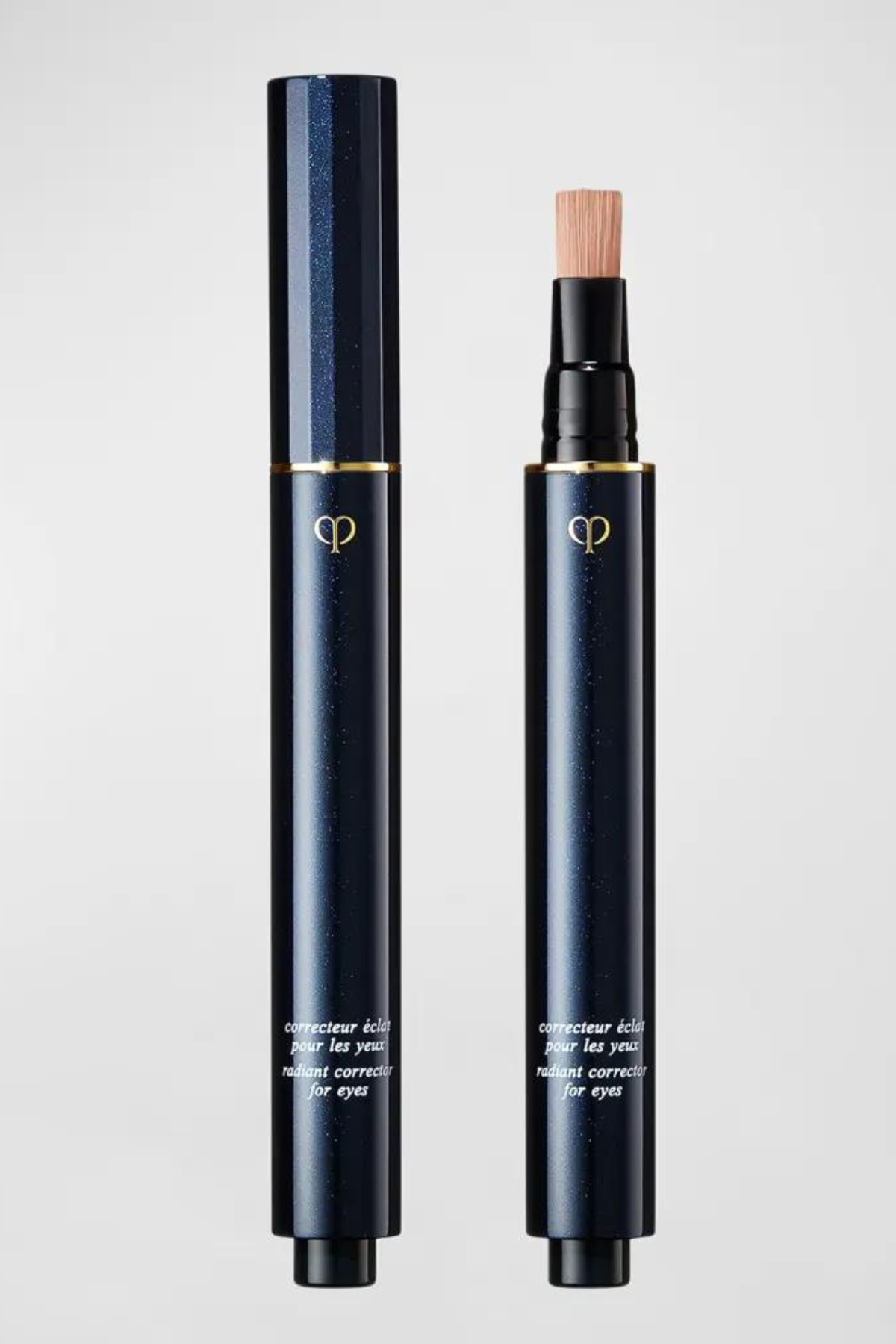
For those that simply cannot be bothered to use both a color corrector and a concealer, allow me to introduce this Cle de Peau do-it-all. It technically falls into the concealer camp, but trust me when I say that it covers dark circles better than anything else out there. The formula is based on proprietary counterbalancing glow technology, which essentially gives the product color-canceling powers. Because of its illuminating finish, chances are you’ll also want to use this to draw light to the high points of your face.
Pros: Streamlines the application process; Gorgeous texture
Cons: Not the best option for intense pigmentation; Expensive
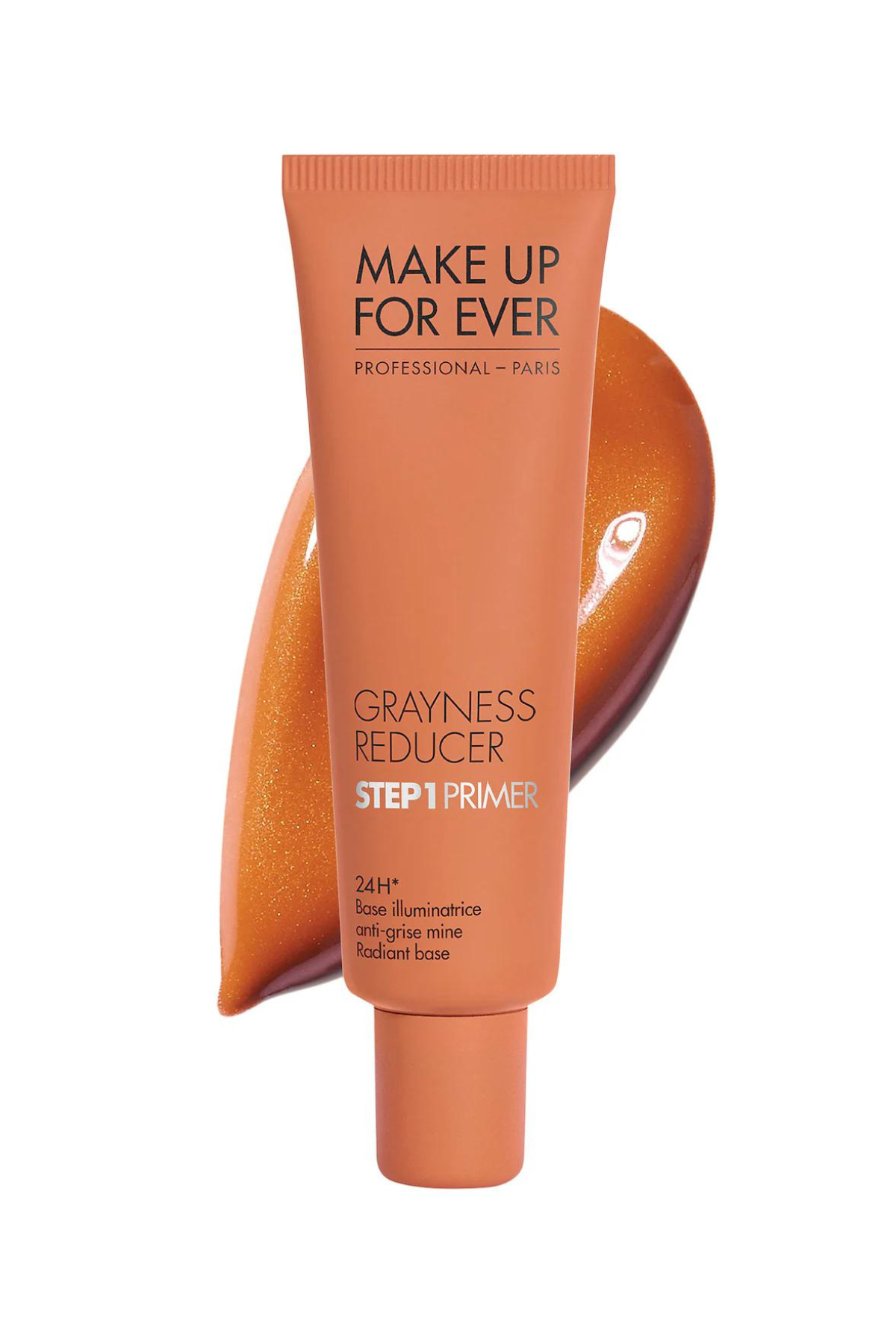
With a grayness reducer, dullness eraser, fresh brightener, and redness corrector this makeup artist-approved range is exactly what you want on standby if you’re doing a full face of makeup. Every single shade has a natural finish (so not too shiny and not too matte) and provides a full day of wear. You won’t notice any creasing or added oil—your makeup will hold up hour after hour. My favorites of the bunch are the grayness reducer and dullness eraser, which bring life back into dark and fair skin tones respectively.
Pros: Finger-friendly application; Long-wear
Cons: Very fragranced
Meet the Makeup Artist
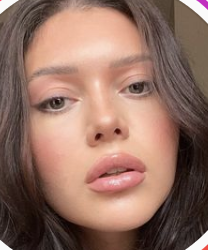
Self-taught makeup artist Dani Parkes, also known as Faces by Danii, started doing makeup at the age of 8. At 18 years old she moved to New York knowing no one and started to build her network. Dani is passionate about all things makeup. Her goal is to highlight and extenuate the natural features on one's face, rather than completely changing the way they look. She creates new ideas and draws inspiration from a lot of artists based in the UK and Europe. Their effortless glam and technique is what has shaped Dani’s makeup style. She continues to grow as an artist and hopes to continue to build her network of clients. Dani has glammed up some of your favorite influencers and celebrities including Natalie Noel, Lea Michelle, Emily Lind, and Lauren Wolfe.
Get exclusive access to fashion and beauty trends, hot-off-the-press celebrity news, and more.

Samantha Holender is the Senior Beauty Editor at Marie Claire, where she reports on the best new launches, dives into the science behind skincare, and shares the breakdown on the latest and greatest trends in the beauty space. She's studied up on every ingredient you'll find on INCI list and is constantly in search of the world's glowiest makeup products. She's constantly tracking the biggest nail and hair trends to pop up in the beauty space, going backstage during fashion weeks, tracking celebrity looks, and constantly talking to celebrity hair stylists, nail artists, and makeup artists. Prior to joining the team, she worked as Us Weekly’s Beauty and Style Editor, where she stayed on the pulse of pop culture and broke down celebrity beauty routines, hair transformations, and red carpet looks. Her words have also appeared on Popsugar, Makeup.com, Skincare.com, Delish.com, and Philadelphia Wedding. Samantha also serves as a board member for the American Society of Magazine Editors (ASME). She first joined the organization in 2018, when she worked as an editorial intern at Food Network Magazine and Pioneer Woman Magazine. Samantha has a degree in Journalism and Mass Communications from The George Washington University’s School of Media and Public Affairs. While at GWU, she was a founding member of the school’s HerCampus chapter and served as its President for four years. When she’s not deep in the beauty closet or swatching eyeshadows, you can find her obsessing over Real Housewives and all things Bravo. Keep up with her on Instagram @samholender.